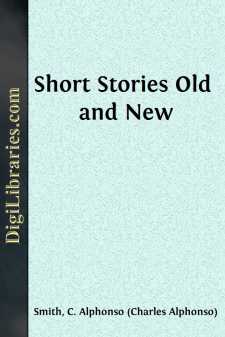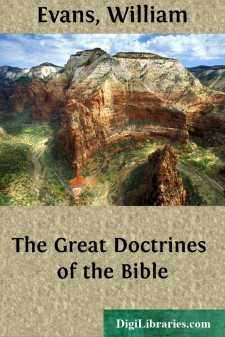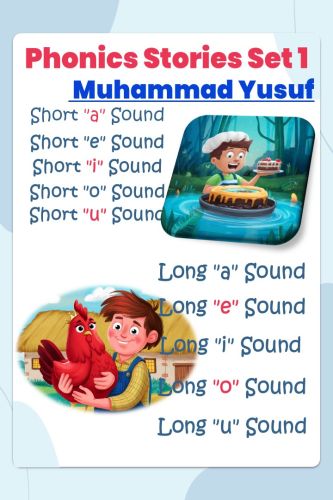Categories
- Antiques & Collectibles 13
- Architecture 36
- Art 48
- Bibles 22
- Biography & Autobiography 813
- Body, Mind & Spirit 142
- Business & Economics 28
- Children's Books 17
- Children's Fiction 14
- Computers 4
- Cooking 94
- Crafts & Hobbies 4
- Drama 346
- Education 46
- Family & Relationships 57
- Fiction 11829
- Games 19
- Gardening 17
- Health & Fitness 34
- History 1377
- House & Home 1
- Humor 147
- Juvenile Fiction 1873
- Juvenile Nonfiction 202
- Language Arts & Disciplines 88
- Law 16
- Literary Collections 686
- Literary Criticism 179
- Mathematics 13
- Medical 41
- Music 40
- Nature 179
- Non-Classifiable 1768
- Performing Arts 7
- Periodicals 1453
- Philosophy 64
- Photography 2
- Poetry 896
- Political Science 203
- Psychology 42
- Reference 154
- Religion 513
- Science 126
- Self-Help 84
- Social Science 81
- Sports & Recreation 34
- Study Aids 3
- Technology & Engineering 59
- Transportation 23
- Travel 463
- True Crime 29
Short Stories Old and New
Categories:
Description:
Excerpt
I. ESTHER[*]
[* From the Old Testament, Authorized Version.]
AUTHOR UNKNOWN
[Setting. The events take place in Susa, the capital of Persia, in the reign of Ahasuerus, or Xerxes (485-465 B.C.). This foreign locale intensifies the splendid Jewish patriotism that breathes through the story from beginning to end. If the setting had been in Jerusalem, Esther could not have preached the noble doctrine, "When in Rome, don't do as Rome does, but be true to the old ideals of home and race."
Plot. "Esther" seems to me the best-told story in the Bible. Observe how the note of empty Persian bigness versus simple Jewish faith is struck at the very beginning and is echoed to the end. Thus, Ahasuerus ruled over one hundred and twenty-seven provinces, the opening banquet lasted one hundred and eighty-seven days, the king's bulletins were as unalterable as the tides, the gallows erected was eighty-three feet high, the beds were of gold and silver upon a pavement of red and blue and white and black marble, the money wrested from the Jews was to be eighteen million dollars, etc. The word "banquet" occurs twenty times in this short story and only twenty times in all the remaining thirty-eight books of the Old Testament. In other words, Ahasuerus and his trencher-mates ate and drank as much in five days as had been eaten and drunk by all the other Old Testament characters from "Genesis" to "Malachi."
Note also the contrast between the two queens, the two prime ministers, the two edicts, and the two later banquets. The most masterly part of the plot is the handling of events between these banquets. Read again from chapter v, beginning at verse 9, through chapter vi, and note how skillfully the pen is held. In motivation as well as in symmetry and naturalness the story is without a peer. There is humor, too, in the solemn deliberations over Vashti's "No" (chapter i, verses 12-22) and in the strange procession led by pedestrian Haman (chapter vi, verses 6-11).
The purpose of the story was to encourage the feast of Purim (chapter ix, verses 20-32) and to promote national solidarity. It may be compared to "A Christmas Carol," which was written to restore the waning celebration of Christmas, and to our Declaration of Independence, which is re-read on every Fourth of July to quicken our sense of national fellowship. But "Esther" is more than an institution. It is the old story of two conflicting civilizations, one representing bigness, the other greatness; one standing for materialism, the other for idealism; one enthroning the body, the other the spirit.
Characters. These are finely individualized, though each seems to me a type. Ahasuerus is a tank that runs blood or wine according to the hand that turns the spigot. He was used for good but deserves and receives no credit for it. No man ever missed a greater opportunity. He was brought face to face with the two greatest world-civilizations of history; but, understanding neither, he remains only a muddy place in the road along which Greek and Hebrew passed to world-conquest....












